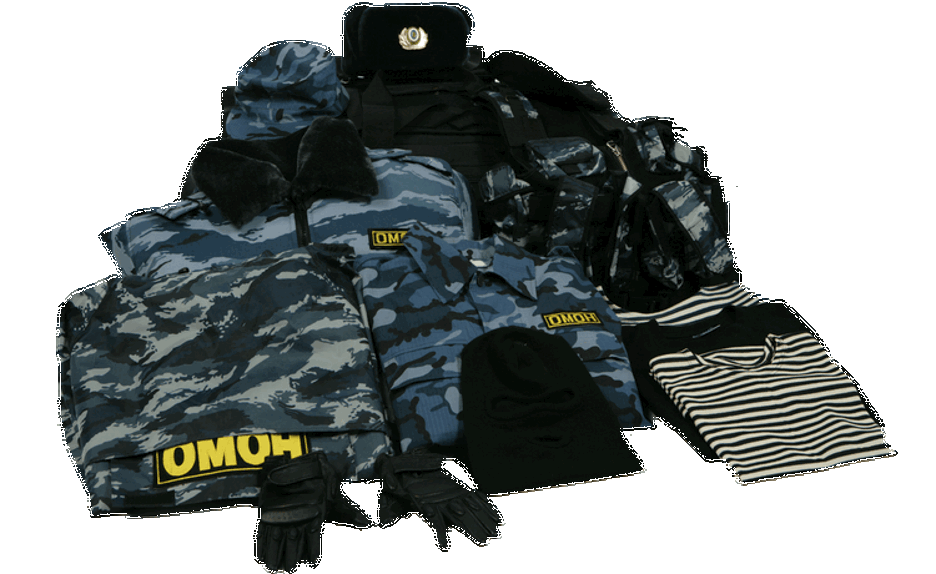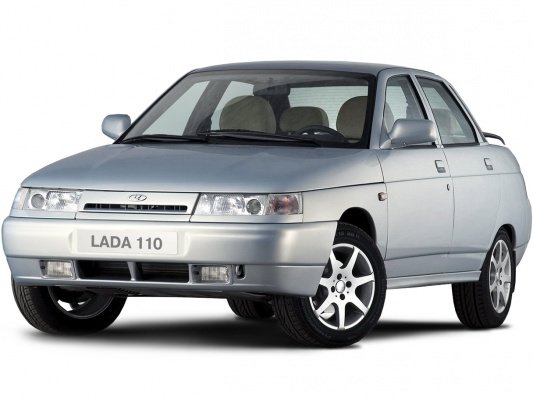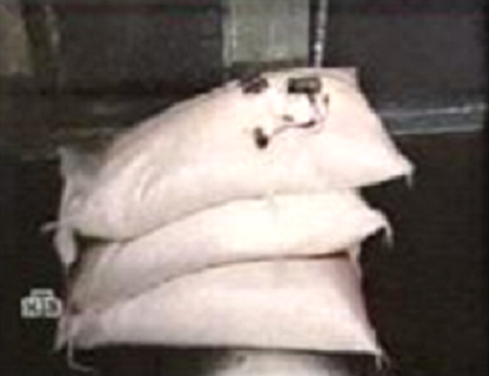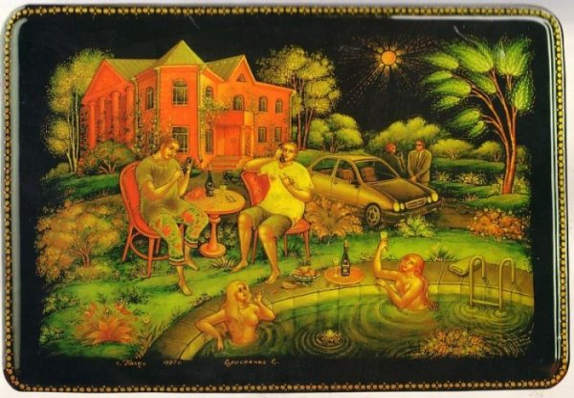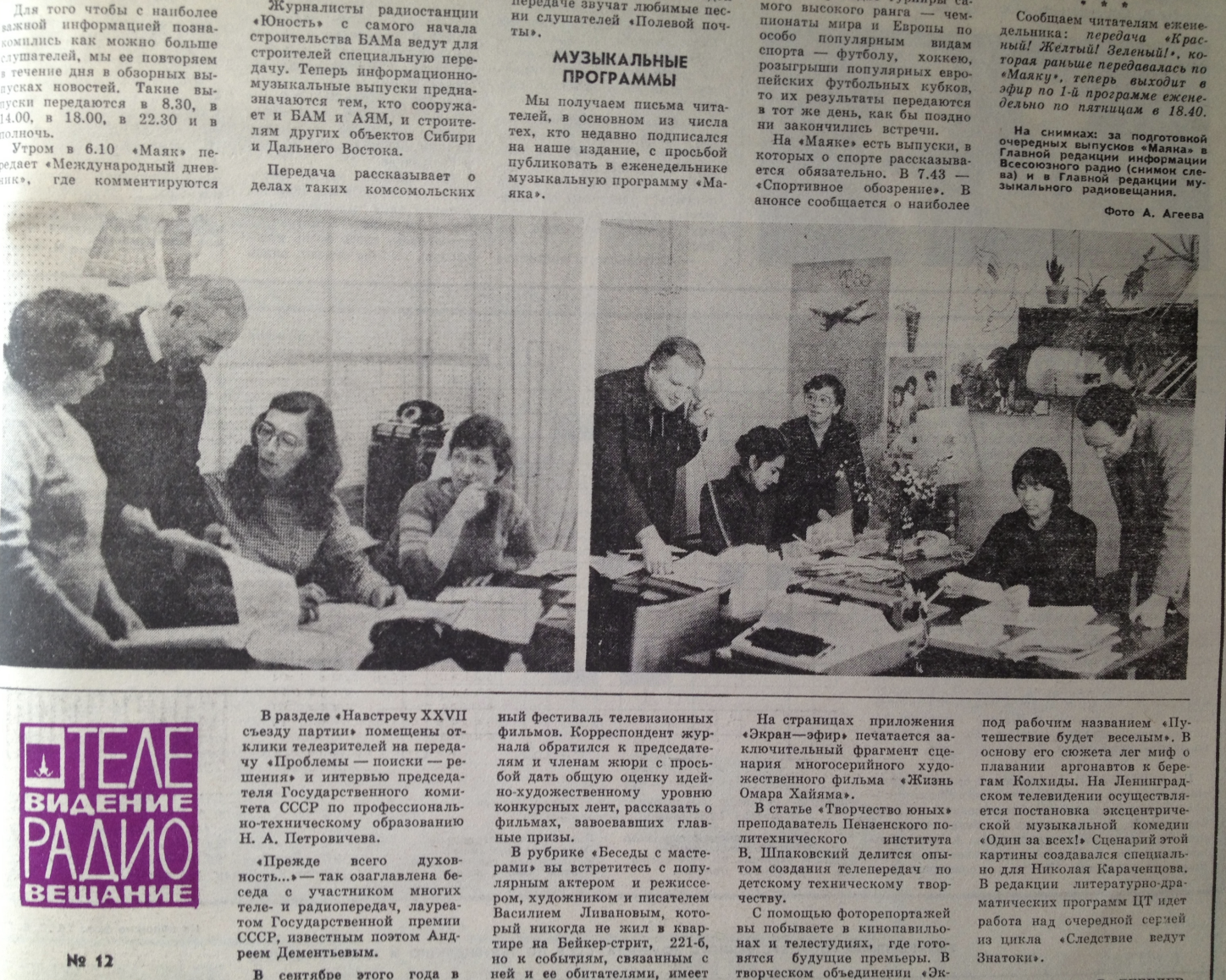Explore: media » arts-or-design
OMON Uniform
Although the police special forces unit known as OMON (Otriad militsii osobogo naznacheniia) was established before the fall of the Soviet Union, their now-ubiquitous light blue camouflage was only introduced in 1994, when OMON was deployed as part of the first Chechen War. OMON and its uniform have since been associated with street intimidation, market clearings, and protest-quashing, especially in Moscow and St. Petersburg.
Lada 110-series
The first post-Soviet Lada model, the VAZ-2110, appeared in 1995 and sold for between $5,000 and $8,000. Targeted at the emerging middle class, the car represented the manufacturer’s hope that Russian production and consumer power could come together to build a domestic market that would advance the economy beyond raw materials extraction and imported consumer goods.
Ryazan Sugar (Hexogen)
Three large sacks of white granules, wired to a timer set for 5:30 AM, were found in the ground floor of a Ryazan apartment building on 22 September 1999—perhaps preventing yet another apartment bombing in a series that had terrorized Russians all month. FSB chief Nikolai Patrushev later told a TV reporter that these sacks contained nothing but sugar, which were being used in a test of public vigilance.
Kletchataia sumka, Chelnoki, and Ostap Bender
An entry in “Argumenty i fakty”'s occasional column "Ugolok O. Bendera [Ostap Bender’s Corner]," a reference to Il’f and Petrov’s trickster hero of the 1920s, gave advice to beginning "chelnoki," or small-trade merchants who would travel—some across international borders—to find cheap items and sell them at markups back home. The checkered bag became a symbol of these petty merchants and of the hand-to-mouth experience of living in the 1990s.
The World of New Russians store, Palekh-style tray
A World of New Russians lacquered tray depicts several wealthy criminal businessmen, their bodyguards and their nude female companions enjoying luxury living in a private pool, near a private mansion, all depicted in the style of Russian folk art.
Letter department workers process mail from citizens writing about the upcoming 26th Party Congress
A photograph of letter department workers at Moscow's television and radio guide, Govorit i pokazyvaet Moskva (1973-1990), processing mail from citizens writing in about the upcoming 27th Communist Party Congress in 1986.
